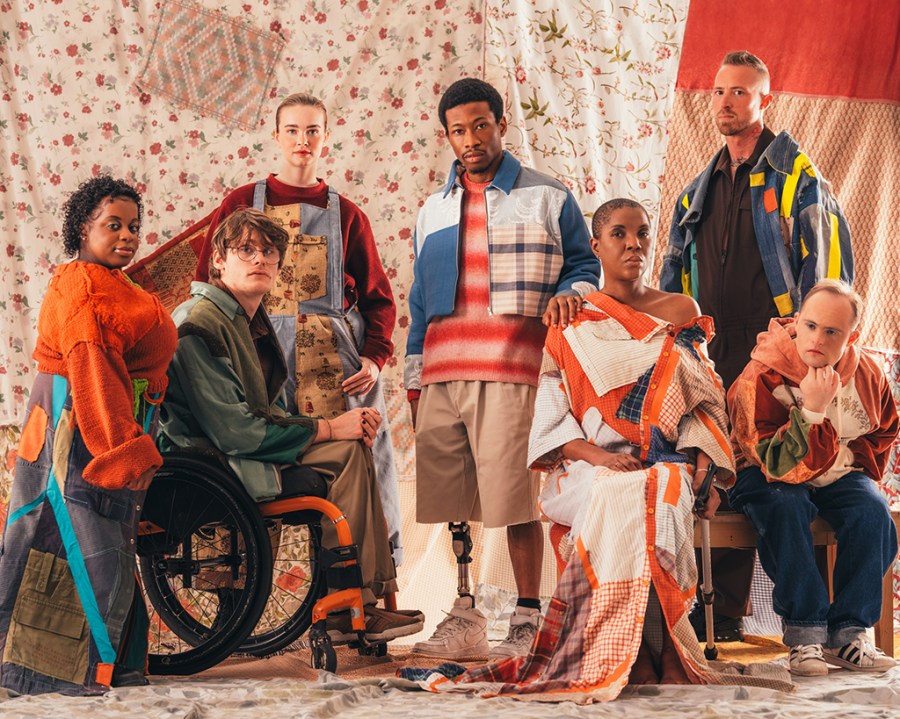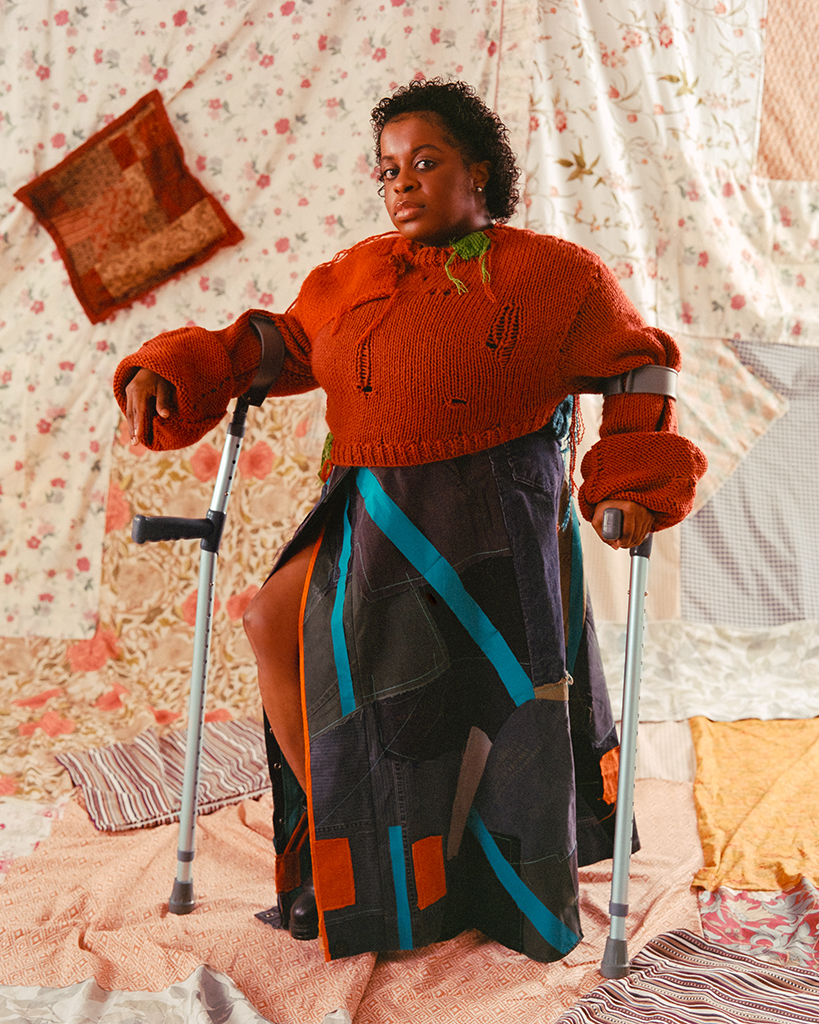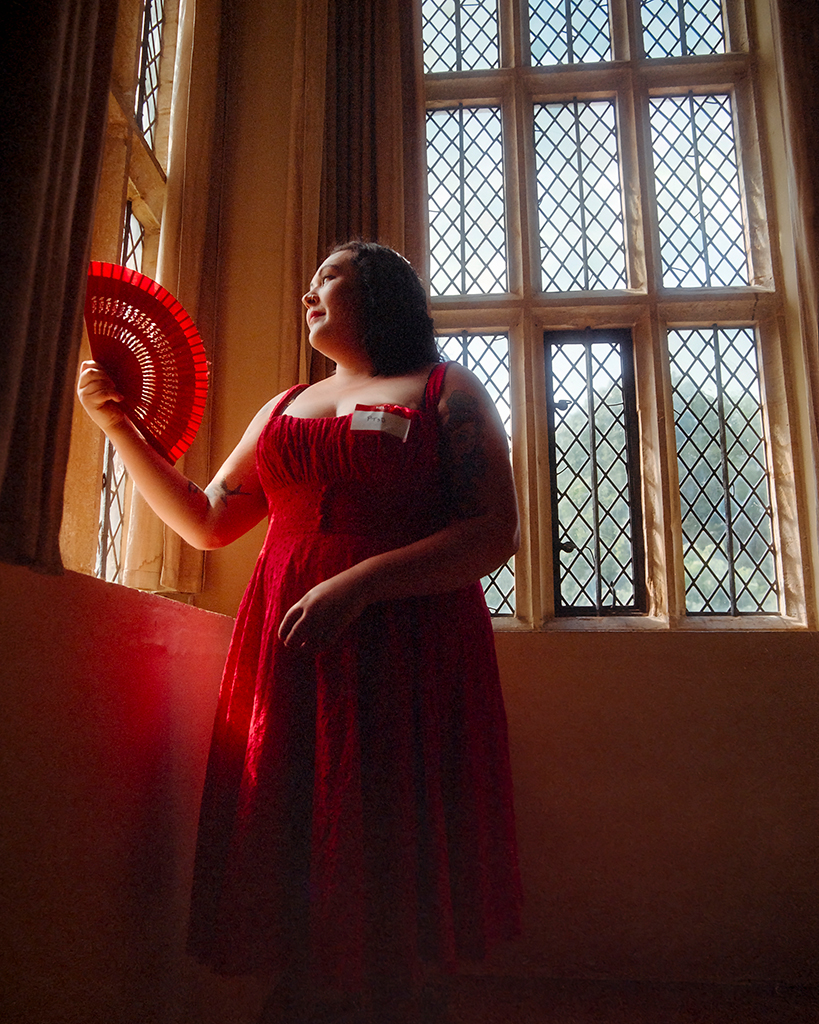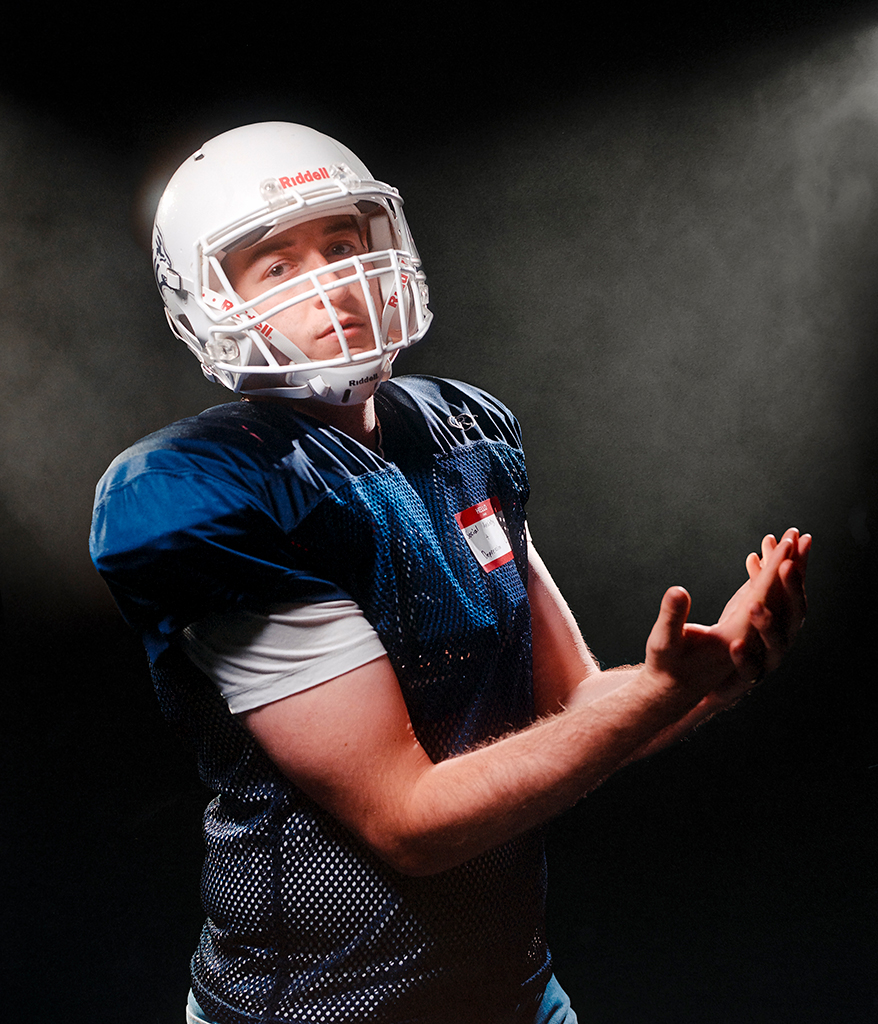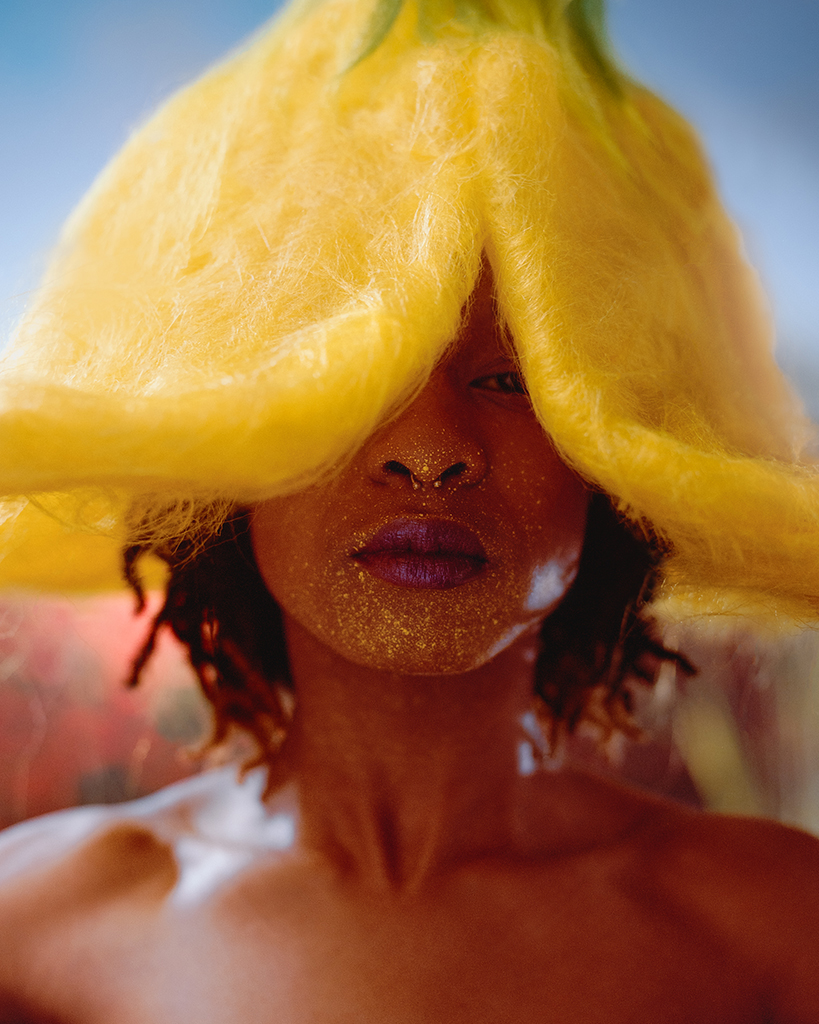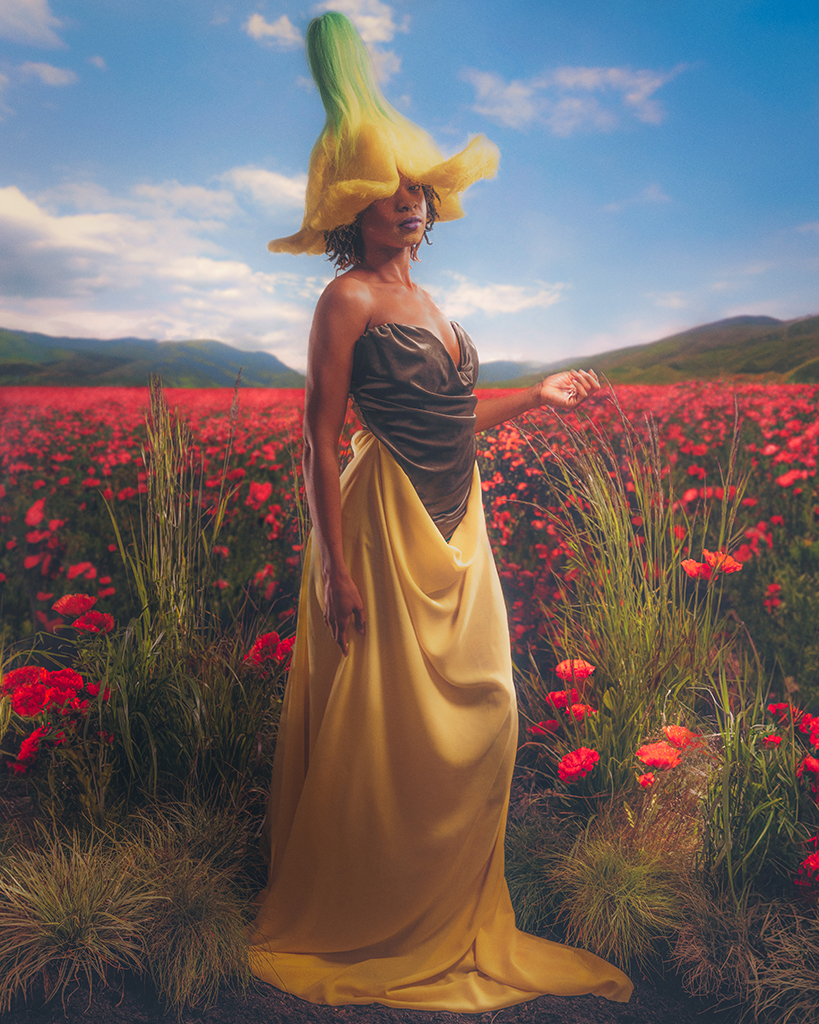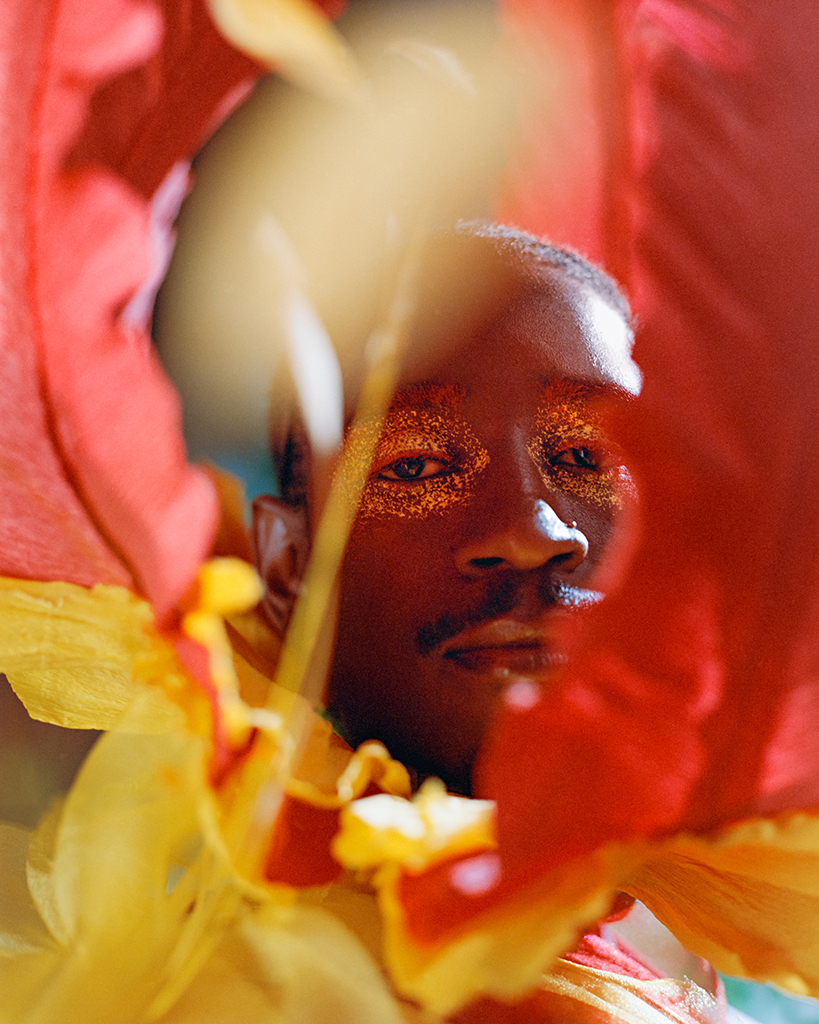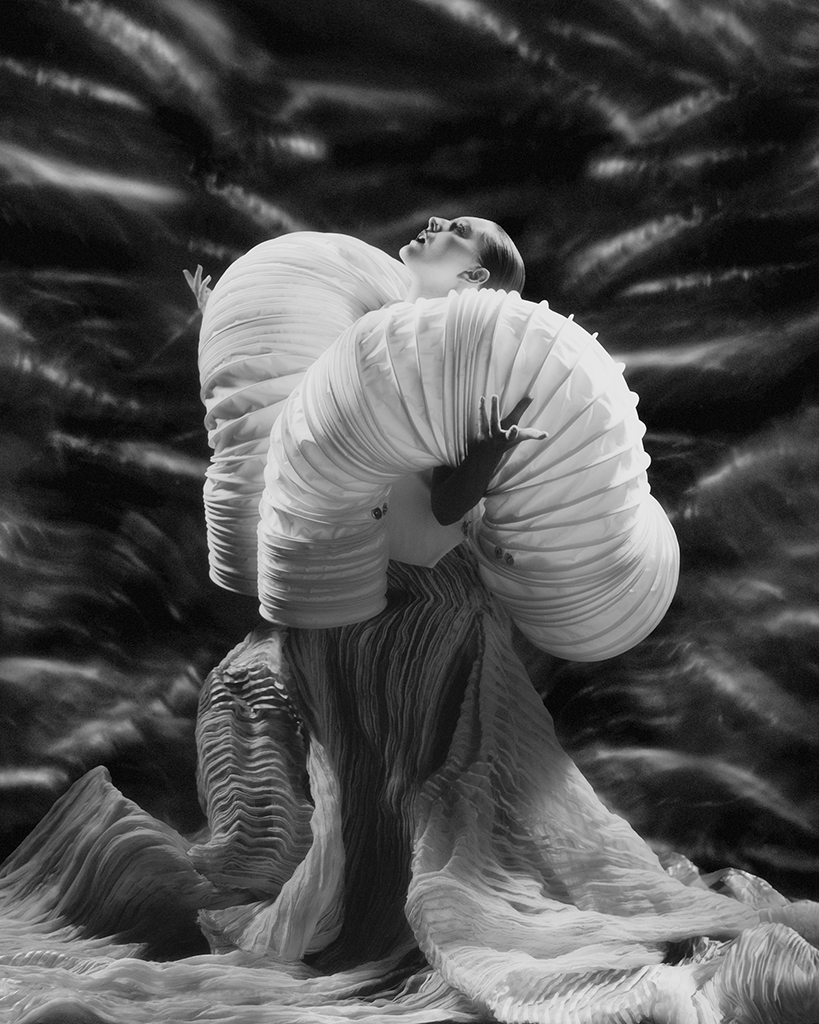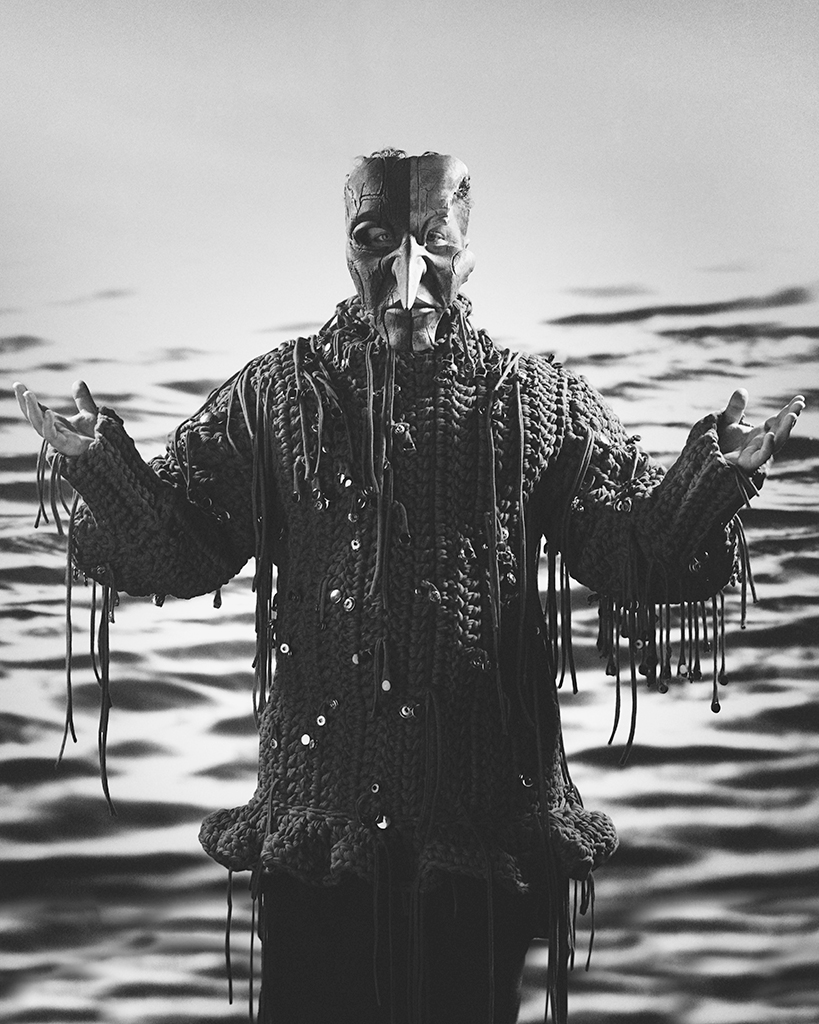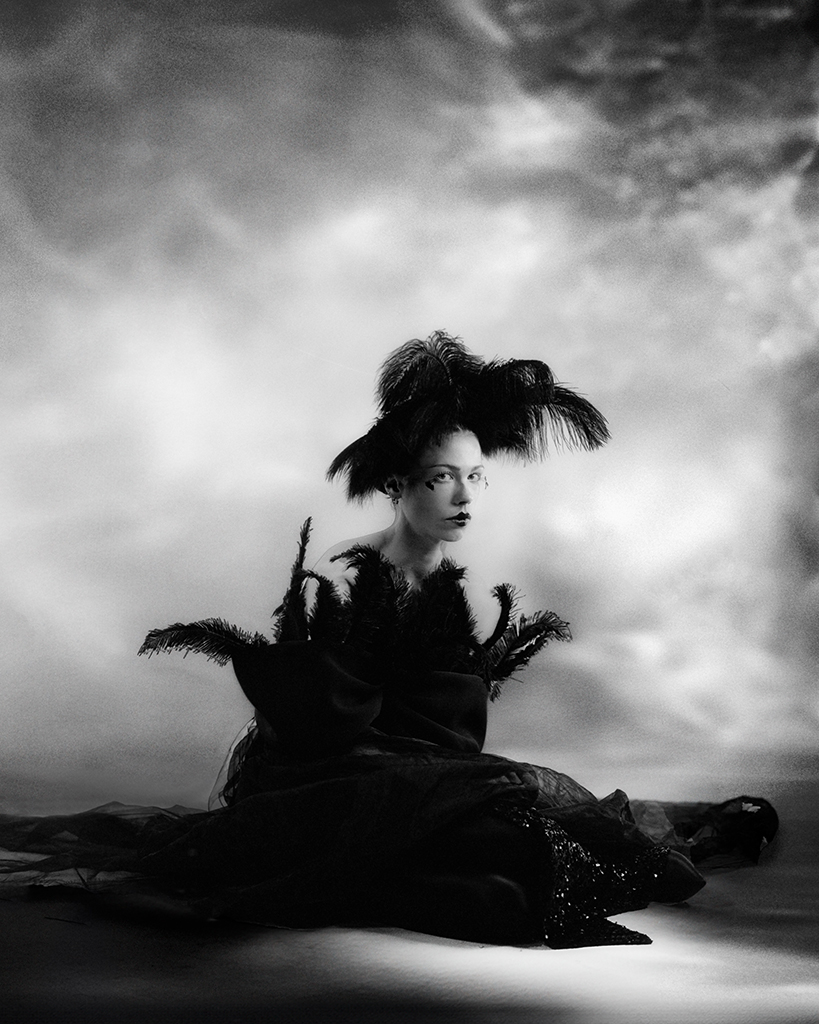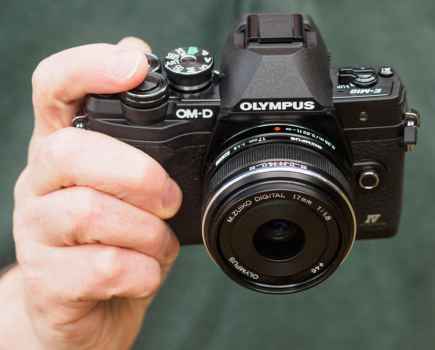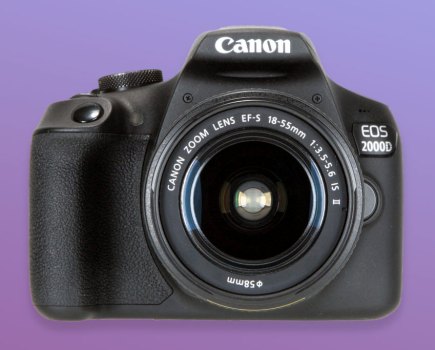Our emerging photographer series aims to shed a light on up-and-coming talent. Photographers are offered a platform to share their work with a wider audience through the AP channels, with the scope of furthering their careers. We also get an insight into their inspirations, the camera gear used and future aspirations, as well as the journey taken into photography – which doesn’t have to be the most traditional route!
Si Jubb and Ethan Parker, who won our Emerging Photographer of the Year award at this year’s AP Awards, recently spoke at our Festival of Photography: Documentary event. Previous emerging photographer award winners include Aliz Kovacs-Zoldi and Tariq Sadu. We’ll regularly be sharing the work of photographers on our website and social media – and even in the magazine – so if you are an someone who has recently started their photography journey or are a student/graduate, share your work with us at ap.ed@kelsey.co.uk
Nicholas Teo speaks with Peter Dench for this week’s feature.
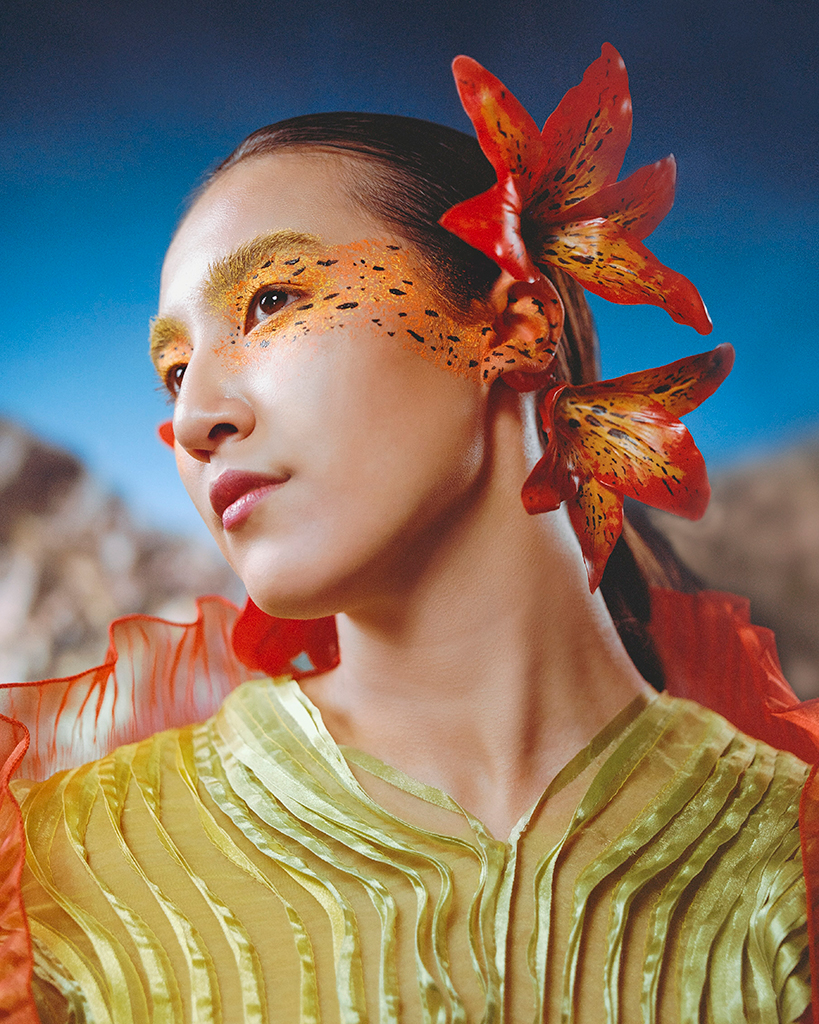
When and why did you start taking photographs?
Photography was an accidental discovery in 2012, when my family bought our first DSLR. As a tech enthusiast, I was instantly hooked and began shooting in my spare time. It came naturally — the first thing I felt truly good at — and I loved every part of the process. Before long I was taking photos constantly, making short films and setting my sights on a career in the medium.
What genre do you work in?
While I don’t like to confine myself to one genre, my personal work tends to fall into what I call “documentary-fashion” — telling documentary narratives through the language and visuals of fashion. This is where I’ve found the most success. I often focus on marginalised communities — including disabled people, migrants and those experiencing mental health challenges — because I believe strongly in the power of photography as a tool for social change.
Why this genre?
It gives me the chance to tell intimate, grounded stories while retaining a sense of visual flamboyance. The process is highly collaborative — my subjects share personal stories, and together we develop visual metaphors to represent them. Behind the camera I work closely with stylists, make-up artists and set designers, offering them fragments of a subject’s story to inspire their creative decisions. The experience often feels cathartic: there’s an emotional build from first meeting, through creating together, to finally revealing the finished images. Helping people, making them feel seen and celebrated, is a huge part of why I keep returning to this approach.
Tell us about your training.
I began in filmmaking, studying at Singapore’s most established film institute, which gave me a strong technical foundation. We had access to high-end kit — I spent many evenings experimenting with an Arri Alexa — and I freelanced on productions, learning by deconstructing how shots were achieved.
After graduating, I shifted from film to photography, seeking more personal storytelling and creative freedom. I later completed a BA in Commercial Photography at Arts University Bournemouth, moving to the UK to train and work towards a career in London. With eight years’ experience already under my belt, I could build on what I knew, exploring everything from colour negative and slide film to refining narrative and socio-political awareness in my work.
Biggest obstacle?
Myself — particularly self-doubt and the challenges of neurodivergence. I live with bipolar disorder, ADHD and generalised anxiety, and in low moments I can delete work, abandon ideas or miss deadlines. While I know these thoughts aren’t true reflections of my ability, they can be hard to manage in such a competitive industry.
The flipside is that these experiences have deepened my empathy. People often feel safe opening up to me because they recognise I share some of their struggles. That trust enriches my work in ways that wouldn’t be possible otherwise.
Biggest influences?
Two photographers who shaped my voice are Cho Gi Seok, a Korean fashion photographer whose boundary-pushing, metaphor-rich images leave me in awe, and Haruka Sakaguchi, a Japanese-American documentarian exploring cultural identity and intergenerational trauma with intimacy and care. Both inspire me to marry technical craft with emotional truth.
Equipment?
I shoot film on a Mamiya RB67 with Sekor-C lenses and digital on a Canon R5 with 24–70mm and 100mm macro, which also doubles as a film scanner. I light with Godox strobes and Aputure LEDs, and develop film at home with a JOBO rotary processor.
Dream kit?
Honestly, I’d stick with my Mamiya RB67 — but I’d love to shoot film without worrying about cost. Rising prices have made me more precious about each frame, which can break creative flow. Large format colour film (4×5 or 8×10) is also a dream — if it were affordable, I’d use it regularly. In lighting, I’d like to work with high-output LEDs such as Aputure’s Storm XT52, which would give me greater flexibility when shooting film.
Highlight so far?
Winning Portrait of Britain has been huge. In the last two years I’ve had three images in the book, with one exhibited nationwide — seeing my work on London billboards was surreal. Another high point was being signed by Zebedee, the world’s largest inclusive talent agency, soon after graduating — a goal I hadn’t expected to reach so quickly.
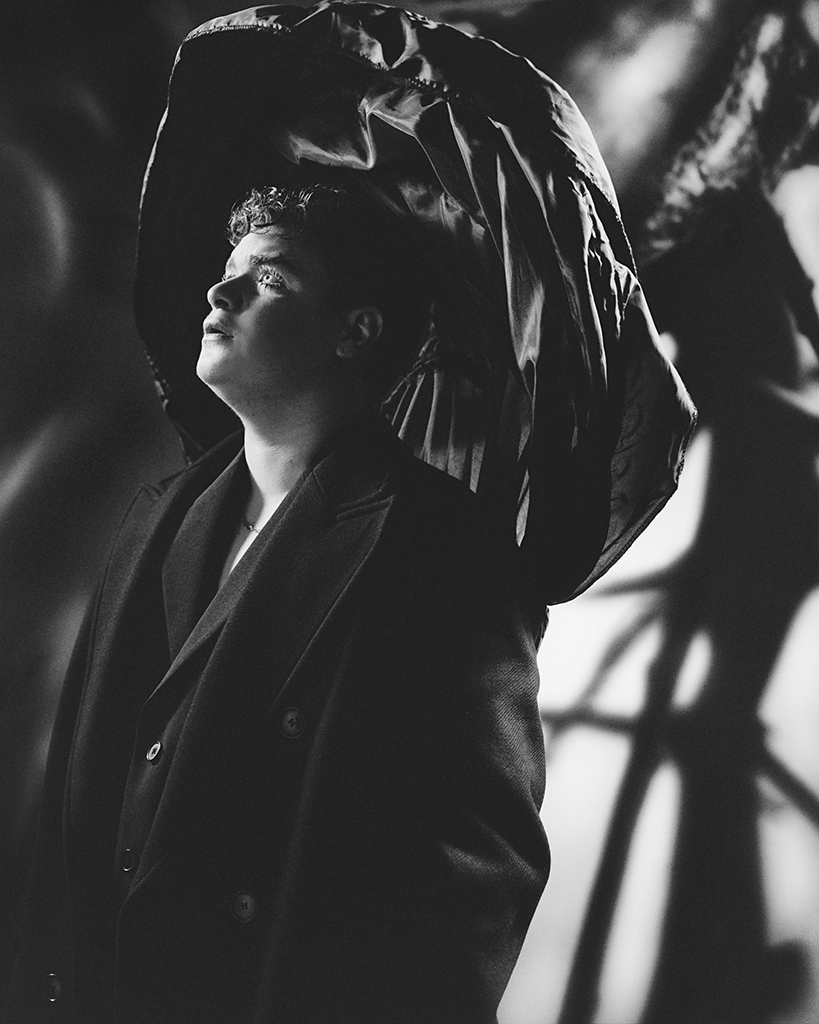
Hopes for the future?
To keep pushing creative boundaries, but never lose the compassion and empathy that underpin my practice. The trust I build with subjects is central to my work, and I want that to remain true decades from now.
Dream assignment?
A documentary-fashion project in a virtual production studio — vast LED screens that display any image and emit light, like those used for The Mandalorian. This tech would give me complete control over the environment while working practically, opening limitless possibilities for the visual metaphors at the heart of my work.
Advice for aspiring photographers?
Master the technical side so it becomes second nature. Then you can focus on the people, narratives and collaborations that will set your work apart.
Current projects?
Two stand out. Chiaroscuro translates the experiences of people with bipolar disorder into fashion imagery, highlighting both the extremes and the lessons of living with the condition. Nature Finds A Way documents UK migrants, using flowers and landscapes as visual motifs for transition and adaptation.
Reaction so far?
Chiaroscuro is still finding its audience, but early reactions have been strong. Nature Finds A Way has already had success — an image won Portrait of Britain, another was shortlisted for the British Photography Awards, and one is currently through to the second round of the Taylor Wessing Photo Portrait Prize.
Inspired? See the best photography competitions to enter
Instagram: @nickneedstosleep
More reading:

